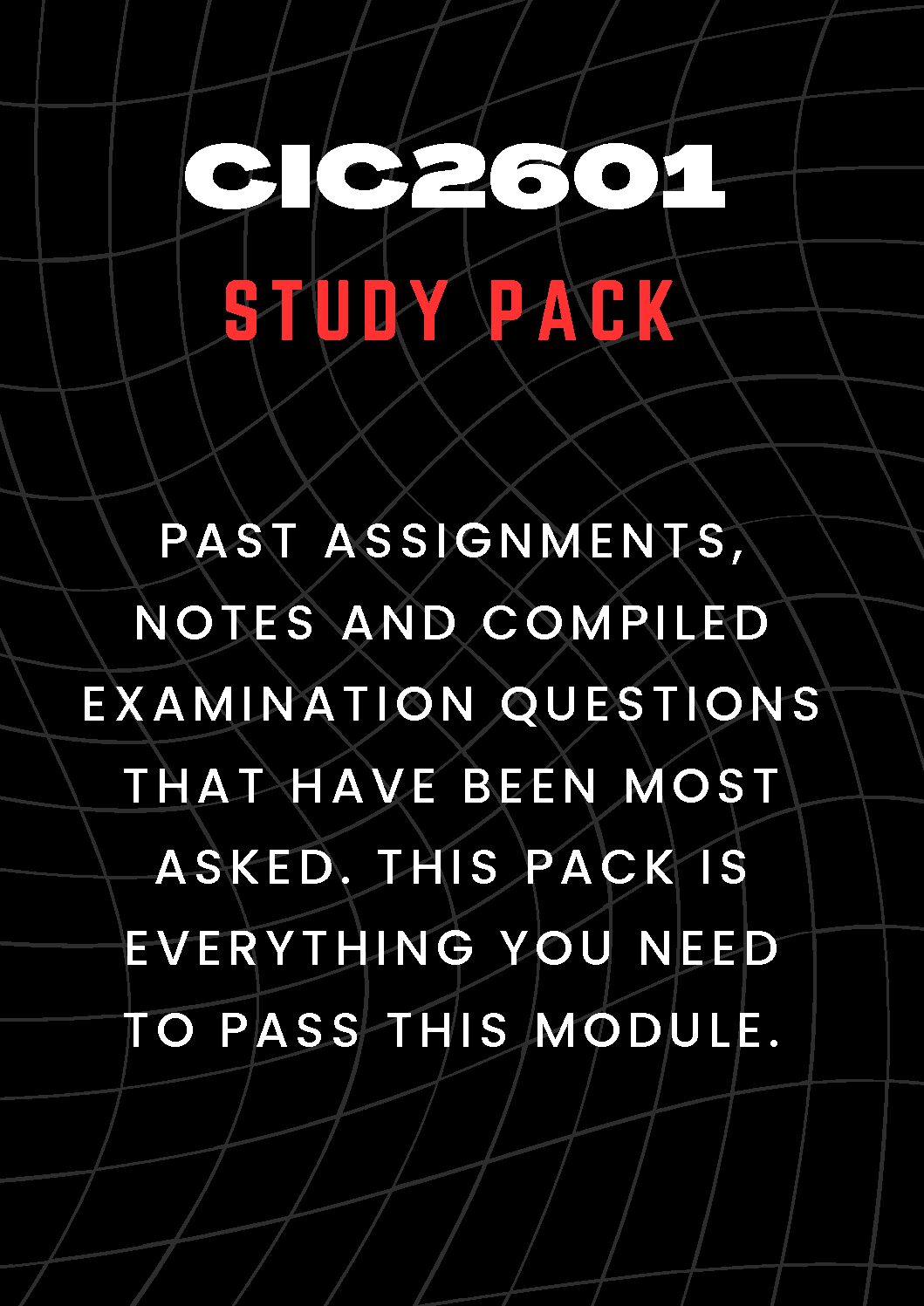Description
TMS3720 Assignment 4 2024 | Due 12 September 2024. All questions answered with references.
QUESTION 1 – LISTENING AND SPEAKING
Read the following story and answer the questions that follow:
The Necklace, by Guy de Maupassant
She was one of those pretty and charming girls born, as if by an error of fate, into a
family of clerks. She had no dowry, no expectations, no means of becoming known,
understood, loved or wedded by a man of wealth and distinction; and so, she let herself
be married to a minor official at the Ministry of Education.
One evening, her husband came home with an air of triumph, holding a large
envelope in his hand.
“Look,” he said, “here’s something for you.”
She tore open the paper and drew out a card, on which was printed the words:
“The Minister of Education and Mme. Georges Rampouneau request the pleasure of
M. and Mme. Loisel’s company at the Ministry, on the evening of Monday January 18th.”
Instead of being delighted, as her husband had hoped, she threw the invitation on the
table, resentfully, and muttered:
“What do you want me to do with that?”
“But, my dear, I thought you would be pleased. You never go out, and it will be such a
lovely occasion! I had awful trouble getting it. Everyone wants to go; it is very exclusive,
and they’re not giving many invitations to clerks. The whole ministry will be there.”
He stopped, stunned, distressed to see his wife crying. Two large tears ran slowly
from the corners of her eyes towards the corners of her mouth. He stuttered:
“What’s the matter? What’s the matter?”
With great effort she overcame her grief and replied in a calm voice, as she wiped her
wet cheeks:
“Nothing. Only I have no dress and so I can’t go to this party. Give your invitation to a
friend whose wife has better clothes than I do.”
However, he said:
“Very well, I can give you four hundred francs. But try and get a really beautiful dress.”
The day of the party drew near, and Madame Loisel seemed sad, restless and anxious.
Her dress was ready, however. One evening, her husband said to her:
“What’s the matter? You’ve been acting strange these last three days.”
She replied: “I’m upset that I have no jewels, not a single stone to wear. I will look
cheap. I would almost rather not go to the party.”
6
“No; there is nothing more humiliating than looking poor in the middle of a lot of
rich women.”
The next day she went to her friend’s house and told her of her distress.
Madame Forestier went to her mirrored wardrobe, took out a large box, brought it
back, opened it and said to Madame Loisel:
“Would you lend me this, just this?”
“Why, yes, of course.”
The day of the party arrived. Madame Loisel was a success. She was prettier than all
the other women – elegant, gracious, smiling and full of joy. All the cabinet officials
wanted to waltz with her. The minister noticed her, made up of all this respect, all this
admiration, all these awakened desires, of that sense of triumph that is so sweet to a
woman’s heart. She left at about four o’clock in the morning.
“What is the matter?” asked her husband, already half undressed.
She turned towards him, panic-stricken.
“I have … I have … I no longer have Madame Forestier’s necklace.”
He stood up, distraught.
“What! … how! … That’s impossible!”
They looked in the folds of her dress, in the folds of her cloak, in her pockets,
everywhere. But, they could not find it.
Available at: https://www.eastoftheweb.com/short-stories/UBooks/Neck.shtml
1.1 You are planning to use the story The Necklace by Guy de Maupassant, to teach
listening skills to grade 9 learners. Discuss what each listening phase entails and
illustrate with examples from the story, The Necklace, what activities you would do
in each listening phase with your class.
(30)
1.2
Carefully look at the picture below and then answer the questions that follow:
1.2.1 Design a story-telling activity that you would give to your Grade 9 class based on
the above picture. What story would you let them tell and why?
(5)
1.2.2 What vocabulary activity would you generate for the story based on the above
picture?
(5)
1.2.3 Discuss the presentation techniques that you would expect your learners to use to
present the story that you referred to above, in 1.2.1.
(10)
[50]
QUESTION 2
READING
2.1
It is important that learners must be given the opportunity to interpret and
understand multimodal and visual texts. Outline the importance of intensive
reading of multimodal and visual text in the reading skill, as explained by the
CAPS document.
(10)
2.2
Bullying is a problem in most schools in South Africa. Complete the below lesson
plan template for your Grade 9 class to indicate that although you are a language
teacher you can teach your learners about bullying and explain this concept well tom
your language learners. The lesson must have the following aspects: name of school,
grade, class, date, duration, lesson objectives, teacher and learner activities, teaching
aids (Learning Teaching Supporting Teaching Material (LTSM), assessment.
General information
School:
Subject:
Topic:
Grade:
Date:
Duration:
Grade:
Concepts:
Resources:
Class size:
Lesson aim: (what do you as a
teacher wants to achieve?) to
teach/facilitate:
–
Objectives /outcomes
What are your teaching strategies/
methods/ approaches? (Explain your
choice)
The introduction phase:
How long will it take:
Question you will ask:
9
The main part of the lesson.
Teacher activity 1 (what will
you say or do?)
How long it will take:
Questions you will ask:
Learner’s activity 1
(What will the
learners do and
say?)
Which teaching
strategies/ methods/
approaches? Explain
your answer:
10
The main part of the lesson
Teacher activity 2.
How long will this take?
Questions you will ask:
Learner’s activity 2:
(What will the learners
do and say?)
Which strategies/
methods/approach
es?
The main part of the lesson.
Teacher activity 3.
(How long will this take?)
Questions you will ask:
Learner’s activity 3:
(What will the
learners do and say?)
Which teaching
strategies/
method/ an
approach.
Explain your
choice.
The conclusion of the lesson:
(How long will this take?)
Learners’ activity 4:
(what will the learners
do and say?)
11
Questions you will ask:
.
Assessment activity and explanation.
Include or attach the activity.
(How will you know if your outcomes/objectives/aims were achieved? is it
an informal or formal assessment?)
Learner’s activity attached on the last page.
Homework: write down or attach the homework that you gave for this lesson. Also
answer: why are allocating this homework? How long will it take the learners to
complete at home? Will they need any resources or help?
How can you /did you cater for learners who need enrichment or those who have special
needs?





![PYC2602-Exams (2015-2022) [2023]](https://studypass.co.za/wp-content/uploads/2022/12/1-26-300x300.png)





Reviews
There are no reviews yet.